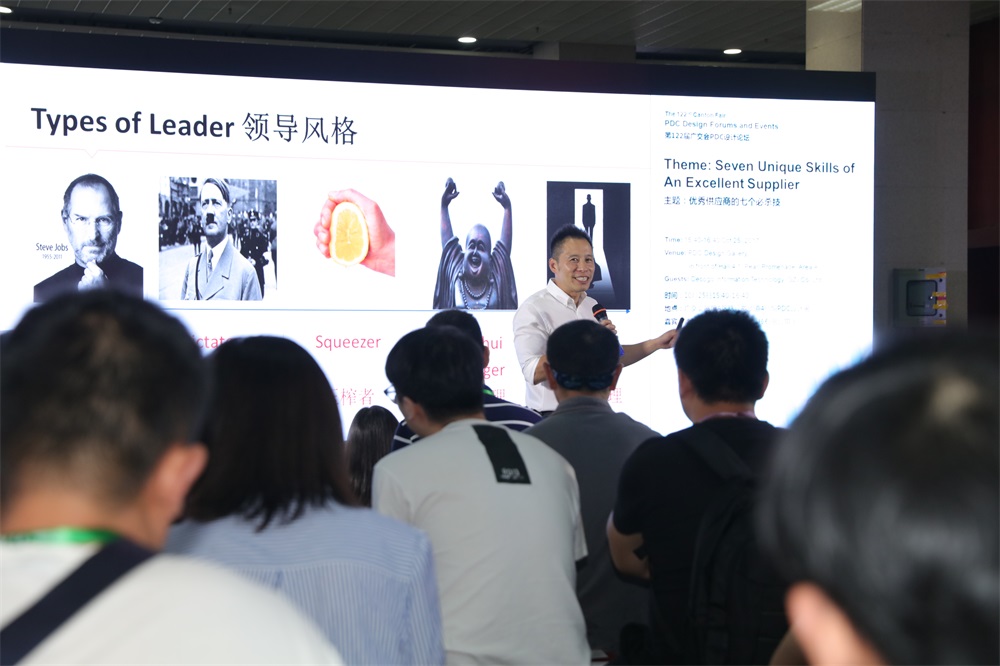Since 2017, China's economy has become more prosperous, and the trade 'friendship' has been expanding. In the first three quarters, in addition to the comprehensive recovery of imports and exports to traditional markets such as Europe, the United States, and Japan, China's trade with emerging markets has also become increasingly close. China's foreign trade seems to have entered a long-lost spring. But the chill has not completely dissipated. Anti-globalization, trade protectionism still exist, competition in the international market is becoming more fierce, and geopolitical risks are heating up. All these make trade face uncertainty. In recent years, Chinese enterprises are facing increasingly fierce competition due to changes in exchange rates, material costs, labor costs, and international trade. Therefore, strengthening its own competitive advantage and transforming and upgrading through design has become a top priority for many export enterprises.

On the afternoon of the 25th, Mr. Peter Wang, a product development consultant of Deco Creative Technology, took the global trade situation as a background. From the perspective of helping exhibitors better understand the international home furnishing market and enhance their own competitive advantages, they shared 7 must-haves of excellent suppliers Technical presentations, including improving team leadership, optimizing order-taking strategies, enhancing innovation and design capabilities, more competitive product prices, good basic order-taking measures, first-class service team and strategic customer relations.
Later, Peter cut in from the perspective of product innovation, and explained in detail that product design and development capabilities are the top priority of all 'internal strengths'. He said that in today's globalization and rapid development of science and technology, global consumers can experience products more quickly and comprehensively, and compare prices. Therefore, vicious competition for product homogeneity is inevitable. Exhibitors can only take the initiative in the market and earn more profits by developing products with more creative or unique selling points. He cited Apple's case to illustrate that unique products can bring a large and sustained market to the company. The market can feed the company and help it invest more resources in new product development, production and sales, thereby forming a more stable competitive advantage. For home furnishing companies, this concept is equally applicable.
Finally, Peter suggested that exhibitors start with strengthening their design capabilities and establish competitive barriers with unique products. At the same time, in addition to developing products by ourselves, it is more important to cooperate with professional design companies and jointly develop with upstream and downstream partners to better enhance design collaboration and efficiency. In addition, through good design, you can better control the cost of products, improve product reliability, and establish a greater competitive advantage.